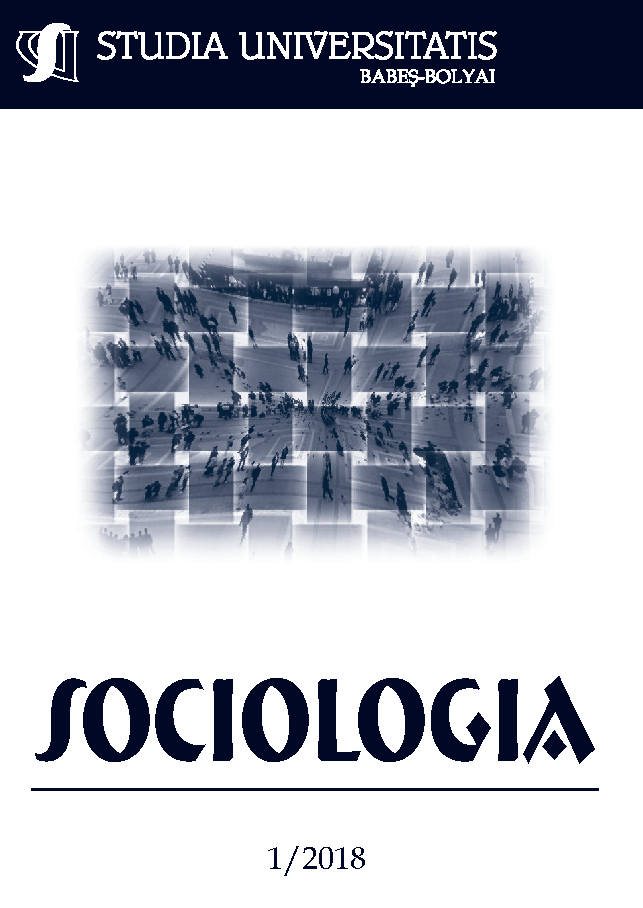ASSESSING NATURE: BETWEEN ZONES OF EXPLOITATION AND PROTECTION
Guest Editors’ Foreword
DOI:
https://doi.org/10.2478/subbs-2018-0001Abstract
Nature is a domain where the scientific, the capital, and the political meet, in constant negotiation and making of Nature. By Nature with a capital ‘N’ we mean an abstract concept of Nature as one external and in contrast to Society with a capital ‘S’. While these concepts are abstracts, they are at the same time very real in that they have to be made, maintained, and are acted upon, thus shaping reality (see Latour, 2004; Moore, 2015). The result of this making of Nature is by no way fixed and is often contested as claims on the protection and exploitation of Nature are made. We understand the exploitation of Nature as embedded in a neoliberal agenda of both resource extraction and touristic attraction, while nature’s protection oscillates between ascribing degrees of intervention and the exclusion of humans from other than human environments, such as what is proclaimed as wilderness. Yet on the ground, human and other than human interaction is a practice of assessment, judgement, and selection, where questions of right, of emotional attachments, and the survival and reproduction of species - human and non-human - are put to the test. While Nature often appears as a bound more than human entity, specific entities like trees, flowers, animals, mushrooms, and microbes are often invisible and uninteresting groups. They leave categories of indifference only when they become potential resources (or threats) to human lives. When not material resources, they are moralising comparisons to human socialities as mere metaphors rather than entities in their own right (Tsing, 2005: 172; see also Lorimer, 2007). We direct our interest towards those modes of assessment that happen in space and time, ‘on the ground’, where entities are sorted in a bid to make Nature.References
Cronon, William. (1992). Nature’s Metropolis: Chicago and the Great West. Reprint edition. New York: W. W. Norton & Company.
Gissen, David. (2009). Subnature: Architecture’s Other Environments: Atmospheres, Matter, Life. 1st ed. New York: Princeton Architectural Press.
Hayden, Cori. (2003). When Nature Goes Public: The Making and Unmaking of Bioprospecting in Mexico. Princeton: Princeton University Press.
Latour, Bruno. (2004). Politics of Nature. Translated by Catherine Porter. Cambridge, Massachusetts: Harvard University Press.
Lorimer, Jamie. (2007). Nonhuman Charisma. Environment and Planning D: Society and Space, 25 (5): 911–32.
Moore, Jason W. (2015). Capitalism in the Web of Life: Ecology and the Accumulation of Capital. 1st Edition. New York: Verso.
Tsing, Anna. (2005). Friction: An Ethnography of Global Connection. Princeton, N.J.; Oxford: Princeton University Press.
Tsing, Anna. (2015). The Mushroom at the End of the World: On the Possibility of Life in Capitalist Ruins. Princeton: Princeton University Press.
Downloads
Published
How to Cite
Issue
Section
License
Copyright (c) 2018 Studia Universitatis Babeș-Bolyai Sociologia

This work is licensed under a Creative Commons Attribution-NonCommercial-NoDerivatives 4.0 International License.



